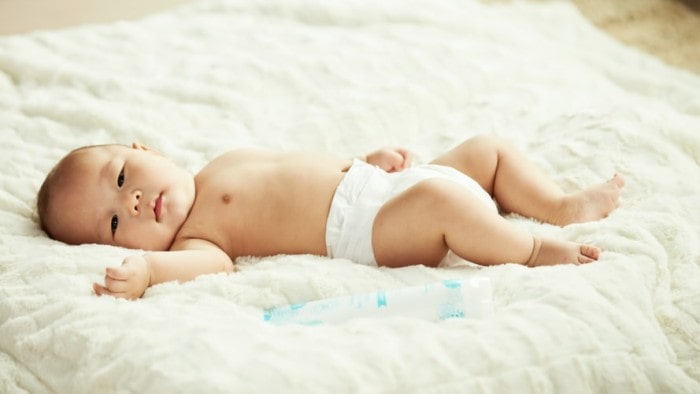
Choosing the proper diaper for your child can be harder than choosing a name for them before they are born. There are so many varying factors to take into account when you select a diaper from fit to absorbency you never know which means will provide the proper combination of things to support your child.
In order to select a suitable diaper, it does take a bit of trial and error before getting the right match for you and your baby. And you will find at times that while a certain brand doesn’t work when your child is younger may be the brand they need as they get older.
It’s time to make selecting the appropriate diaper easier than it usually is and if you follow our tips there’s no reason the process can’t be easy.
Absorbency is Key
Choosing a diaper that is absorbed is very important because it can be the difference between buying diapers every other week or getting longer use out of each diaper that you put on your child. We are not saying let the diaper go until the wet indicator line is completely blue, however, your child should be able to empty their bladder a few times while staying dry before needing a diaper change.
If you choose a diaper that doesn’t absorb properly then you could risk your child having some irritating issues. Things such as diaper rash can occur when a wet diaper stays in contact with your child’s skin or the urine isn’t whisked away after your child has used the bathroom.
Adjustability Gets the Right Fit
Another thing that you want to ensure your diaper brand of choice offers is adjustable waist straps. We recommend this because while a diaper may fit properly around the leg and thigh area it may not fit comfortably around their waist.
Luckily most diapers allow you to adjust the waist fit by simple altering the straps to your child’s size. The reason this is important is that if you leave a diaper too loose the diaper may leak and blowouts can happen.
The diaper may also fall off which can be cute when you see your little ones tush running around in freedom. But it’s not so cute when the diaper was full of a lovely surprise prior to coming off. Choose a diaper that allows you to readjust the straps without losing the stickiness on the straps.
Wetness Indicator
As I briefly mentioned in the step above when you choose a diaper you’ll want one that has a wetness indicator. There is nothing worse for a baby than being fast asleep and out of nowhere experiencing a draft and a colder hand that’s trying to check to see if their diaper is wet or not.
A wet indicator strip allows you to check whether the diaper is wet or dry without disturbing your child if they are asleep or not. It also saves you from making unnecessary diaper changes and throwing away good diapers that aren’t wet yet. Wetness indicators are usually yellow or orange and when your child diaper becomes wet it changes in color to either blue or green.
Some diapers go as far to put designs on the diaper that changes colors to indicate the diaper is now wet.
Choose the Proper Size
When choosing a diaper you can’t rely on your child age as an indicator of which diaper size they should be using. Instead go based off of the weight chart that is listed on the side of every box and brand of diaper in the store.
The weight will allow you to select a diaper that will be comfortable for your child to wear. If you choose a diaper that is too small it can cause easier leaks and blowouts and if you choose a diaper that is too big that can also cause excessive leaks and blowouts.
If your child is a heavy wetter or experiences a rise in leaks overnight you may want to consider changing their diaper more at night or choosing a dialer that is specifically meant for overnight wear.
What is in the Diaper
When choosing a diaper for your child consider what the diaper is made out of. Certain diapers have materials in them that contain the odor and liquid by trapping it in a gel-like material that may leak if the diaper disintegrates due to becoming wet.
This can cause your child’s skin to have an adverse reaction to the diaper or it may even cause them to develop a diaper rash or skin irritation. Ensure that whatever is in your child’s diaper it is not something that will cause them to become uncomfortable while they are wearing the diaper.
Did We Help?
Hopefully, the tips we gave you in the article will not only help you to choose the right diaper for your child but will also help you to keep their baby soft skin exactly that baby-soft. In the long run, choosing the right diaper will save you time on cleaning up leaks and blowouts as well as saves you money purchasing more diapers sooner.
Diapers can be expensive and wasting money purchasing the wrong diaper size for your child can cause more frustration than you need when you have a new baby. Implement our tips will give your child the comfort and confidence they need to run around and not be afraid that their diaper can’t handle the load.

Bio:

Tiffany Simmons is a Georgia mom, wife , and aspiring children’s book writer . Acquiring a BS in Mass Communications & Marketing from the University of West Ga . Leaving a job in the healthcare profession to become a freelance writer for childmode.com !
